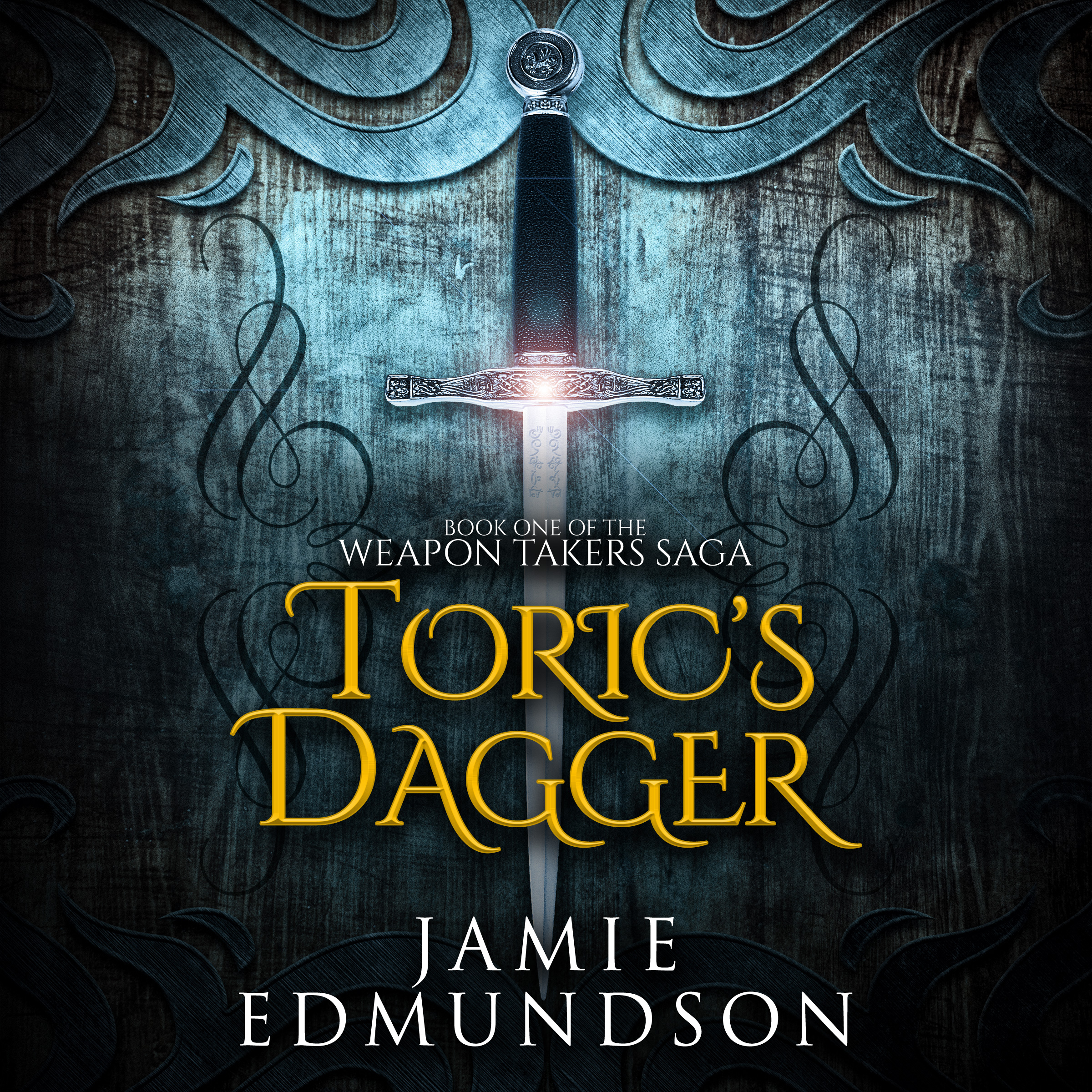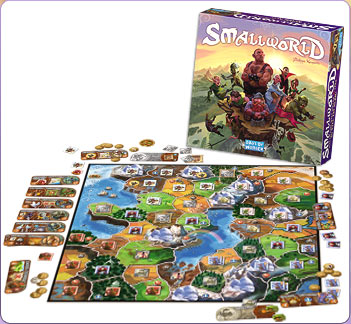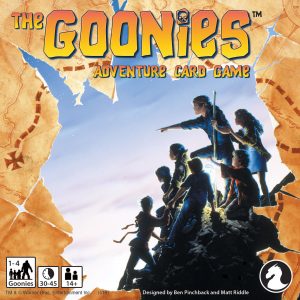So. I’ve written my own book. I’ve published my own book. Now what do I do?
This was the position I found myself in during the Spring of 2017, and no doubt the position many other self-published authors have found themselves in. Writing a book seemed like hard work. Getting it on Amazon seemed like hard work. But in fact, that’s just the start. If you want people to read your books, you have to be proactive and go sell them. If you’re self-published, no-one is going to do that for you. But someone might…may…help you out a little.
If you write fantasy books, you have the Self-Published Fantasy Blog Off. Created by fantasy author Mark Lawrence and supported by fantasy bloggers, the first competition ran in 2015. 300 books are entered into the competition. The only real rule, is that your book is self-published, and fantasy. It’s a gloriously level playing field, when such things rarely exist. I hadn’t sold a single copy when I stumbled my way into the competition in 2017 – Toric’s Dagger was on pre-order and not yet out. There were other authors like me, but I was also up against writers who had over ten books out, writers who had been traditionally published, writers with multi-thousand-dollar audiobook contracts. It didn’t matter. My book, along with 29 others, was sent off to one of the ten bloggers, and whichever one she liked the best, was going to reach the final. Name and reputation didn’t come into it.
Clearly, with a one in thirty chance of making the final, most writers don’t get much attention. I was luckier than most. Toric’s Dagger finished in the top ten or so in its group, and in doing so got a full review from the blogger. Who didn’t hold their punches. But new writers need to see the bad as well as the good. And anyway, even in a big competition like this, all opinions are subjective. Take on board the criticisms you agree with and forget about the rest. Did all of this get me any sales? Maybe. Not much. But I learned a hell of a lot from the experience and it’s also allowed me to get to know some of the other amazing authors out there, and learn from them.
Those books that win their ‘heat’ find their way into the final. They get reviewed by all ten participating blogs. This is the point where books can get a load of attention. And for the winner? The book that’s beaten 299 other contenders? That’s massive. Massive, free promotion for the book, and for the author. The winner of the 2016 contest, The Grey Bastards by Jonathan French, was picked up by a big publisher. Yes, agents and publishers are keeping an eye on this, and why not? They’re getting a proven winner out of it all.
So, the SPFBO. Good for self-published writers. Bloggers get to make a real impact in the genre they love. Agents and publishers get to pick up on new writers and trends. Fantasy readers get to find out about books they might otherwise not hear about. I’m declaring it a win-win and overall good thing.
If you want to find out more, the 2018 contest, aka #SPFBO 4, can be accessed via Mark Lawrence’s website
Finally, the casual reader of this article may just want to know, hey, what are the best books to come out of this thing? Well, that’s always going to be subjective, depending on what type of fantasy you’re into as much as anything else. Plus, with 900 books entered in the first 3 versions, there’s no doubt some very good books have been overlooked. That said, here’s a list of books from the competition, either that I’ve read myself and enjoyed, or that enough people have raved about to make me believe there’s a very good chance a fantasy fan will love it. The rest, as they say, is up to you.
2015 SPFBO
WINNER: The Thief Who Pulled on Trouble’s Braids by Michael McClung
I would also recommend: What Remains of Heroes by David Benem, Bloodrush by Ben Galley
2016 SPFBO
WINNER: The Grey Bastards by Jonathan French
I would also recommend: Paternus by Dyrk Ashton, Path of Flames by Phil Tucker, Senlin Ascends by Josiah Bancroft, Touch of Iron by Timandra Whitecastle
2017 SPFBO
WINNER: Where Loyalties Lie by Rob J Hayes
I would also recommend: The Crimson Queen by Alec Hutson, The War of Undoing by Alex Perry, The Eagle’s Flight by Daniel Olesen, Faithless by Graham Austin-King, Darkstorm by ML Spencer, The Woven Ring by MD Presley




















